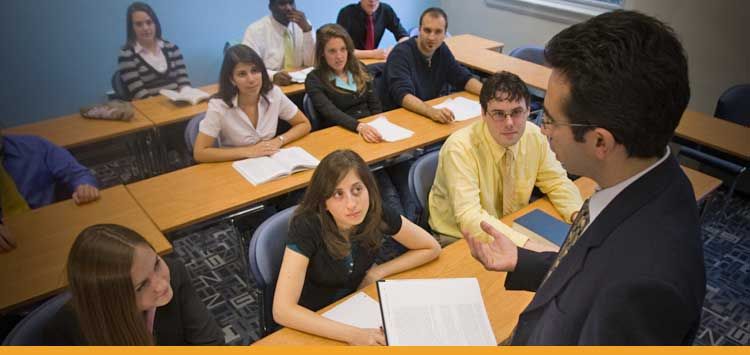After coming to America from Iran as a 15-year-old in 1979, Great Neck Estates resident Sina Rabbany said he discovered a love for math and science that led him to spend the past 26 years teaching bioengineering at Hofstra University.
“When I came here I noticed that I was very good at math and sciences,” said Rabbany, who is now Acting Dean of Hofstra University’s School of Engineering and Applied Science. “Some of it was obviously a challenge with the English language.”
Rabbany said he had other plans at first.
“In the fall of 1990, Hofstra was looking for someone to start the bioengineering program for them and I interviewed and they offered the position,” he said. “I had ambitions to go to top care research universities but my parents had just emigrated to Great Neck around that time and I had to come back and help them adjust.”
He attended Great Neck North Middle School while his parents remained in Iran because of the political revolution.
It was there, Rabbany said, that he was approached by a math instructor to join the school’s math team and represent Nassau County at the Mathematics Olympics at the University of Maryland.
“It was around this time bioengineering and the future of it was in the news,” he said. “I sort of gravitated towards the major and applied to schools for it.”
Rabbany decided to attend the University of Pennsylvania in 1981, where he went on to receive his bachelor’s, master’s and doctorate degree.
During this time, his parents and his brother and sister were able to leave Iran, and by 1986, the family was reunited in Great Neck.
“It was very nice because by the time they arrived, I finished school and graduated from college and almost finished my master’s,” Rabbany said.
When he took over Hofstra’s bioengineering program in 1991, he said the school had virtually no reputation for its engineering programs.
“Back then, Hofstra was primarily known as a liberal arts college,” he said. “The engineering and computer science programs were small.”
As the years went on and Rabbany “moved up the ranks,” Hofstra began to invest more money into the engineering program.
Since its inception in 2012, he said Hofstra’s engineering school has grown quicker than anticipated.
“We have done incredibly,” Rabbany said. “We have gone from having less than 300 undergraduates to over 600 students now.”
Aside from his work at Hofstra, Rabbany also contributes research for various other medical care institutions and offices.
Currently, he is working with Dr. Louis Kavoussi, chair of Northwell Health’s urology department, to develop technology for a robot that can treat wounds now handled by a surgeon.
While Rabbany said he sees the controversy behind a robot replacing a doctor, he said he looks at it as a tool for when a doctor is not available.
“I think about it more as it’s something that can be used in a battlefield or maybe in areas where a surgeon is not available,” he said. “So we can utilize this device under sterile condition and save someone’s life and prevent major bleeding in someone.”
“Whether it will ever get to the point where it can completely replace the expertise of a surgeon, it’s something only time can tell,” Rabbany added.
The device is being worked on by two Hofstra bioengineering students for their senior thesis, he said, and in conjunction with Hofstra’s School of Engineering and Northwell School of Medicine.
Rabbany said he and Kavoussi were seeking to raise money to hire engineers at the doctorate level to begin working on the project.
Rabbany is also no stranger to civic work. He served on the Village of Kensington’s Architectural Review Board and Board of Trustees for one term in the early 1990s before moving to Great Neck Estates in 2005.



